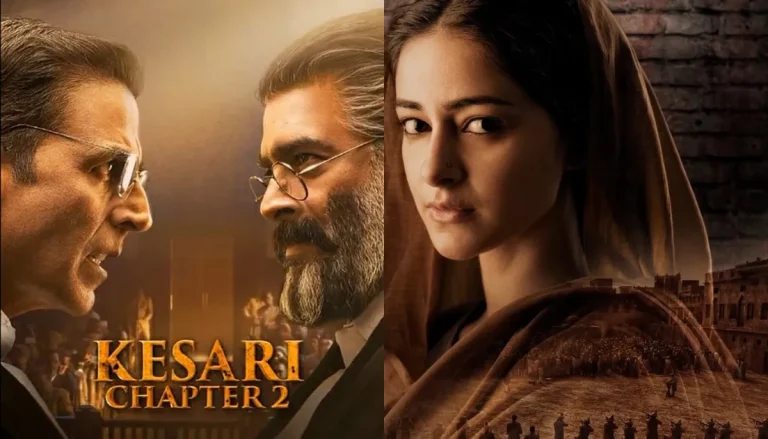Diversity vs Box Office Collection: Streaming Wins in 2024 | UCLA Report

UCLA Study: Diversity Drives Streaming Success in 2024 as Theatrical Films Lag Behind
A new UCLA Hollywood Diversity Report 2024 reveals that diverse representation in streaming films is not only a step toward equity but also a proven path to audience success. The annual study now in its 12th year analyzed the top 100 English language streaming films and concluded that diversity boosts viewership, particularly among audiences aged 18 49 and households of color.
Streaming Films Lead in Representation of Women and People of Color
In 2024, 50% of leading actors in the top streaming films were people of color nearly double the rate seen in theatrical releases. This marks a historic high and a significant increase from the previous year. Additionally, 61% of streaming film leads were women highlighting substantial gender equity gains across the industry.
“People across the country support diverse films, regardless of whether it’s in a theater or from the comfort of their couch” said Ana Christina Ramón co founder of the report and director of the Entertainment and Media Research Initiative at UCLA.
Streaming Outpaces Theaters in Audience Engagement
The UCLA Diversity Report showed that major streaming platforms like Netflix, Amazon Prime, Hulu, Disney+, Apple TV+, Max, Paramount+ and Peacock outperformed traditional box office releases in reaching diverse audiences. In 19 of the top 20 streaming films households of color were overrepresented and women made up the majority of viewers.
Popular titles such as “Damsel” starring Millie Bobby Brown, Kevin Hart’s “Lift” and Jason Bateman’s “Carry On” were among the most watched films especially among the 18 49 demographic.
Behind the Camera Diversity Still Faces Challenges
While there were notable improvements behind the camera representation still lags. In streaming films 40% of directors were people of color compared to only 20% in theatrical films. Where 80% of directors were white. Additionally, only 30% of writers for streaming content were people of color and white male filmmakers still dominate the top investment brackets.
Films written by women or people of color were far more likely to feature diverse casts, proving the impact of inclusive storytelling behind the scenes.
Disabled Communities See Modest Gains
Disabled representation increased slightly with 14% of leads and 6.1% of total roles being played by individuals with disabilities a small but meaningful step forward for underrepresented groups in media.
Hollywood’s Budget Disparity: White Men Still Get the Big Checks
A major concern raised by the report is the disproportionate film budgets in Hollywood. Over 65% of streaming films had budgets under $20 million. While only 5% crossed the $100 million mark and all nine figure projects were led by male directors. In contrast theatrical films received larger investments overwhelmingly going to white men. Who still account for nearly three quarters of film deal principals.
“It’s troubling that those with access to the largest film budgets are still overwhelmingly white and male” said Michael Tran co author and UCLA sociologist. The budget gap continues to limit opportunities for diverse storytellers.
Call for Change: Diversity is Key to Industry Growth
The report concludes with a powerful message for Hollywood to stay financially viable and culturally relevant. It must invest in diverse creators, inclusive content and equitable funding.
“Our data shows that diverse actors and storytellers engage every demographic” said Jade Abston co author and doctoral candidate in cinema media studies. The audience has spoken and they want content that reflects the real world.






Great post! It was fun, easy, and full of good info. Big thanks!
Wow, so nice and simple! I really liked every part. Thank you!
Thanks for sharing this! It was very easy to read and very smart.